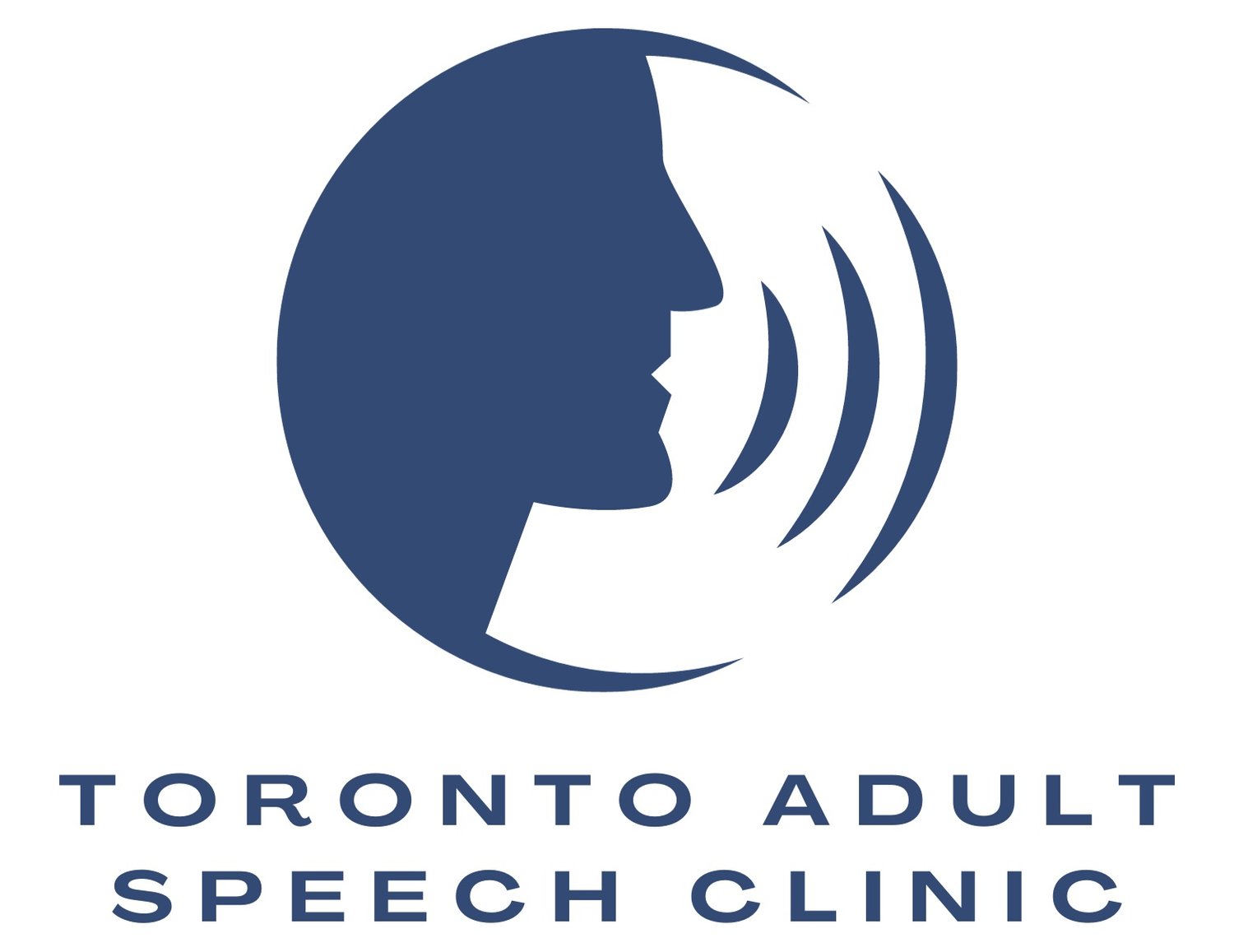“Know Your Machine”
“Know Your Machine”
How Learning Anatomy From a Human Body Helped Shape My Therapeutic Perspective
Earlier this month, I attended the Celebration of Life and Learning at the University of Guelph. This is a memorial service I have attended nearly every year since my entry into the Human Anatomy program back in the fourth year of my undergraduate studies. It is a memorial service for the generous people who have donated their bodies so that students in the Human Anatomy program at the University of Guelph (and community health professionals) may participate in this life-changing experience. It is a way to pay tribute, to honour, to show respect, and to express gratitude for the invaluable tutelage of these generous humans. Through music, reflection, prayer, and testimony, current and former students share these tributes in front of their peers, community members, future donors, and family of current or past donors.
To say that the Human Anatomy program at Guelph shaped my future would be, well, an understatement. The lessons I learned from my undergraduate and graduate work in the anatomy lab have built the foundation on which I stand as a person and professional in the healthcare field. My therapeutic perspectives as a speech-language pathologist have been built from the challenges that come from embracing anatomy to discover what it means to help and work with humans.
From a practical perspective, you learn what it means to truly “Know your machine.” You learn to take the reins of your own learning experience. You are challenged to go beyond memorizing latin names of muscles and journey deeper to understand the human body and the relationships that exist between how something looks and how it works beyond the surface. You develop a critical eye and appreciation for subtlety and nuance that allows you to enlist critical thinking in facing even the toughest obstacles.
From a principle perspective, you learn from real human bodies about the concept of every human being the same- but different. Despite what textbook pages might suggest, every structure is different- every artery is a little bigger or a little smaller in one human when compared to its namesake in another. Some bodies have muscles other bodies don’t. We can learn from textbooks what to expect, but until we challenge ourselves to go beyond what is in plain sight or what is “expected” as healthcare professionals, we can never learn about the authenticity and individuality that truly makes us all human.
From a communication perspective, you learn how much a person can teach you by saying nothing at all. You learn how to listen when no one is talking. You learn how to communicate patience, empathy, and a respect for the fact you may never understand another person’s journey, but that makes getting to know them and working with them all the more exciting. You also learn how to empower others through your experiences, to find and embrace a control over their bodies (and therefore their communication) that they never knew they had.
The unknown, the scary, the taboo- all become familiar in the anatomy lab. You are safe and in good company. The people who gave their bodies to teach you were fearless advocates for change. A change in perspective. A change in knowledge. A change in our world.

